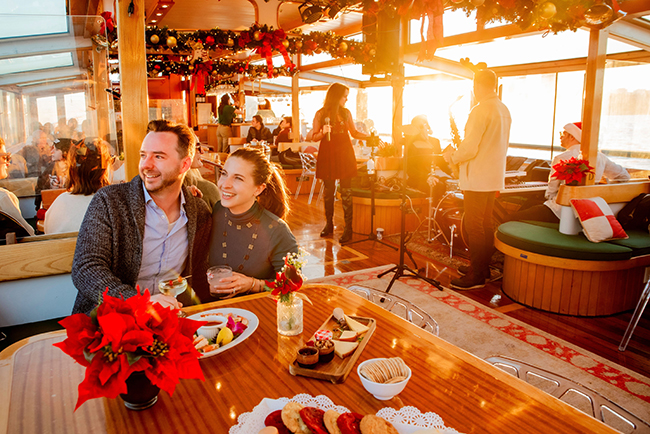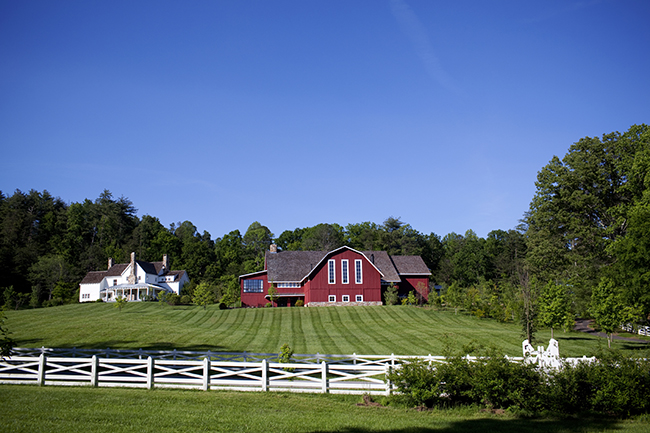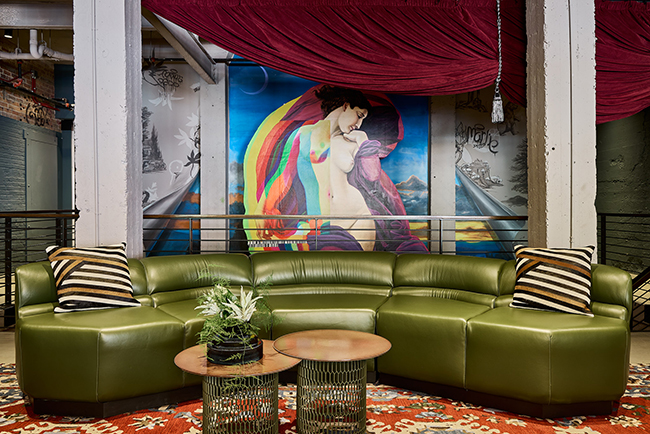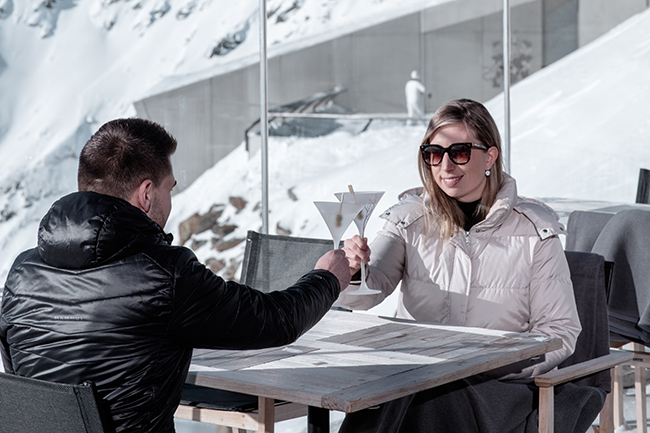Passage through Patagonia
06 May 2019
A reminder that our planet is truly awesome
By TERESA A. McLAMB
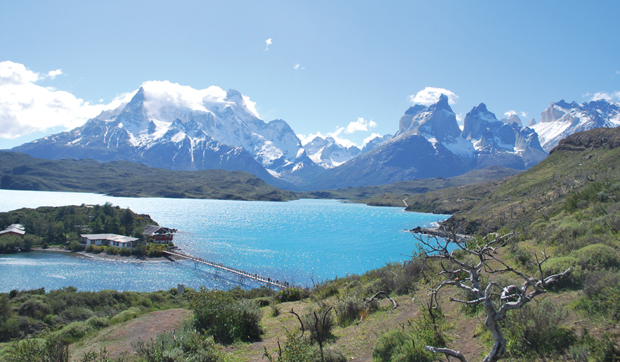
Patagonia
“Wind is life. Life is the wind. Our lives, Patagonia, are shaped by wind.” Francisco “Pancho” Cardenas expressed the love of a place that permeates his world. Much like “Salt Life” describes life on our coast, Patagonians are inseparable from the wind. Their region of South America sits between the glacier covered Andes Mountains and the Pacific Ocean; wind mingles the coolness of the ice fields with the salt of the vast ocean.
Hiking through Chilean Patagonia in November, the beginning of spring with its brightly colored flowers, I frequently realized I was smiling. No, I was grinning. Happy to be in this land of glaciers, wind gnarled trees, gravel roads, clear blue skies and clean air. Happy to be one of the few people enjoying a landscape that supports more sheep than people, where snow and ice define the sky and enormous towers of granite touch the clouds.
Tourism has found Patagonia, Chile’s southernmost region. There are luxury lodges, basic camping facilities and everything in between. Hiking is a favorite activity, but people flock here for climbing, rafting, fishing, horseback riding, fabulous food, kind people and some of the planet’s best wine.
While the most sensible way to get there is to fly into Santiago, then Puerto Montt, it is possible to drive from Canada on Highway 5, the Pan American Highway.
Patagonia is a reminder that our planet is awesome. Here are a few highlights.
Brief History and Geography
The region, which is not a state, but a state of mind, is shared by Chile and Argentina. It begins at the 42nd parallel in Argentina, 48th parallel in Chile. The official language is Spanish, but our expedition guide, Alex Maureira, tells us there are words unique to Patagonian Spanish. “They are all Chileans, but the country is very separated because of distance,” he explained. North to south, Chile runs 2,690 miles. Keep going, and you step onto Antarctica. It is more a ribbon than a land mass, ranging in width from 5.6 miles to 236 miles.
The country has more than 2,000 volcanos and dozens of glaciers.
Patagonia sports 0.1 inhabitant per square mile, although the burgeoning salmon farming industry has resulted in rapid growth in two or three towns and low unemployment.
Alex and Pancho personify the diversity of Patagonia’s population. Of the four known indigenous groups, only the Mapuche thrived; others succumbed to disease and mistreatment by early explorers and colonizers. Alex is Mapuche, one of more than a million citizens who identify themselves as such. Pancho is of Croatian descent, the grandson of an immigrant who answered the Chilean government’s call for settlers in the 1800s. Promised 300 acres of land, families came from all over Europe bringing with them grape vines, fruit trees, sheep and architecture.
Patagonians fly a distinctive flag grounded with yellow for the steppe, white icefields and snowcapped mountains, blue skies and five white stars for the Southern Cross constellation.
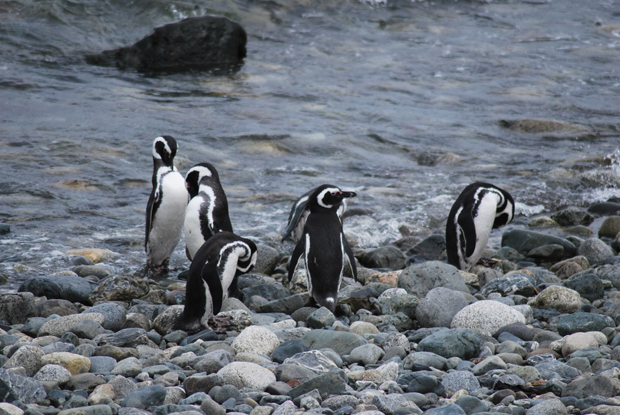
National Parks
Roughly one-third of Chile is in preservation. The oldest park, Vincente Rosales National Park is the unofficial entrance to Patagonia. Located in the lake region, near the towns of Puerto Montt and Puerto Varas, the park shelters Osorno volcano.
It has a temperate forest similar to those found in Washington state and New Zealand. It’s 300 square mile Lago Llanquihue gently slopes from shore for about 15 feet before suddenly dropping to 1,100 feet.
Fly fishing is particularly popular; accommodations, food and lessons can be had for $800 to $2,500 per person per day, and Alex has guided several American celebrities.
American and European rock climbers flock to the Cochamo Valley. “They call it the new Yosemite, because it’s steep like El Capitan, but vegetated,” Alex said. Access is mostly on foot, horse or 4WD, so it’s uncrowded.
Torres del Paine (towers of blue) is the crown jewel of Patagonia and home to Grey Glacier and Lago Grey, which is easily accessible on foot where a wide beach welcomes visitors. Humans have lived here for more than 12,000 years, surviving alongside the Milodon (giant sloth) and saber tooth tiger. Today it is a UNESCO World Biosphere.
In the winter, the wind dies, and snow makes this area impassable. Spring and summer, the wind can reach gale force, but flowers bloom and the sun shines brightly.
Straits of Magellan and Magdalena Island
Patagonia’s southernmost city, Puerto Arenas, sits on the Strait of Magellan across from the island of Tierra del Fuego. Shared by Chile and Argentina, the island was named by Ferdinand Magellan in 1520 after seeing campfires of the native peoples.
Weather in this part of the world is unpredictable. Our scheduled ferry ride to tiny Isla Magdalena was postponed for hours. At the hotel, people paced in arctic weather gear awaiting their cue that the window had opened for their passage to Antarctica.
Isla Magdalena is home to Magellan penguins (a subAntarctic penguin) who share the space with upland geese and kept gulls. In September, males arrive to repair or build nests. After twenty days, the females arrive, met on the beach by males who recognize their mates by voice. In spring roughly 70,000 pairs nest in burrows. They take turns sitting on two eggs for 40 days and subsequently feeding the young. About a month after birth the chicks’ down is waterproof, and they take to the sea with their parents.
A thirty-mile fishing restriction around the island helps to preserve the bird’s feeding grounds.
Estancias and Amateur Rodeo
Sheep ranches, called estancias and fundo, cover thousands of acres, two per sheep. A few will also have horses and cows. Some are in their 4th or 5th generation of ownership. For years, meat and wool prices were high and exports boomed. Low wool prices have changed that and led a few of the region’s families into tourism.
Fitz Roy Estancia near Puerto Arenas welcomes guests for a lamb dinner and a demonstration of how the working ranchers lived.
The Criadero Los Alerces fundo combines tourism with horse breeding and rodeo competition. Amateur rodeo has become the national sport although soccer has more participants. Five sons on this ranch compete with horses they have bred including a championship sire. The centuries old rule book was amended in 2012 to admit females to competition.
Everything about competing from the rider’s manta (poncho) to the hand carved wooden stirrups is expensive.
Estancias exist side by side with national park land. Wire fences, easily jumped by guanaco, separate the lands.
Sheep and more sheep at Fitz Roy Estancia. As much as the mountains and the steppe, sheep define the face of Patagonia.
While Orsono, with its almost perfect conical dome, has been silent for many years, nearby Calbuco regularly erupts, most recently in 2015 when it blew 6,000 feet into the air and spewed debris eight miles away.
The park’s rapids of sparkling blue-green water were formed eons ago by a lava flow hitting ice.
Osorno volcano is 8,750’ high with a glacier on top; it has 51 craters.
Criadero Los Alerces fundo’s horse trainers and huaso (cowboy) Benjamin and his son Alejandro demonstrate the technique of steering a cow to a specific point using only the horses.
Only the Chilean horse is allowed to compete in rodeos. The oldest breed in the Americas, it is 12 or 13 hands high, has a convex shaped head and a black stripe on its hind end. Its training includes walking and running sideways.
The matriarchal Mapuche culture has many ceremonies that bind the community. A Minga is for the building or completion of a project, such as moving from one house to another. A Curanto is to share food (a potluck in North Carolina). We shared lunch with sisters and their friends who developed a business to demonstrate the Curanto in exchange for the government blocking commercial development along their pristine waterfront. Seafood, vegetables, whatever is available is cooked on wood in a pit covered with burlap and leaves similar to a southern oyster roast. Chilean wines accompany dinners. Roasted barnacles were the appetizer at this feast.
A bit gawky on land, penguins are like torpedoes in the water. They dive, float and porpoise for long distances. They can sleep on water, and their bodies desalinate the ocean water they drink.
The longest continental mountain range in the world, the Andes, is home to most of Chile’s glaciers. At Serrano glacier, Pancho pointed to a spot (near where I’m standing) where the ice met the lake when he visited 30 years ago. Its foot has receded more than 100 yards. “Maybe my friends,” he mused, “we should feel lucky we can see these beautiful things; future generations will not see it. Everything is in motion.”
The almost unspeakable beauty of Torres del Paine National Park screams from this vantage point overlooking Lake Pehoe and the mountainous cuernos (horns). Chile is on the Nazca plate, but is also affected by the Pacific and Antarctic plates which keep everything here in motion.
Wild ancestor of the domesticated llama and alpaca, the guanaco originated in North America, but is no longer here. A favorite food of the elusive puma, it nonetheless thrives in South America and is protected in Chile. Other indigenous animals include pink flamingos, Andes condors, caracara, sea lions, cormorants, pink dolphins and rhea.





